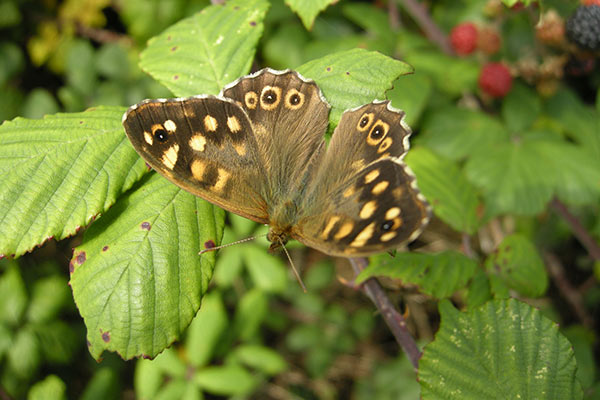Evolutionary Limits: the velocity of evolutionary responses of species to ecological change; testing adaptive limits in time and space

This research examines what is limiting species ability to adapt by looking at how they respond genetically, physically and behaviourally over time using historical museum specimens and new field and laboratory information.
Context
Climate change is causing the populations of some species to increase, some to remain relatively stable, and others to decline, even when the species co-exist and might be expected to exhibit comparable ecological responses (e.g., some southern species have expanded their ranges northwards, whereas others have retreated). This diversity of responses to climate change may reflect differences in their capacities to undertake evolutionary and plastic responses that determine success or failure.
The goal is to understand how ecological and evolutionary responses interact to determine the responses of species to 20th century anthropogenic climate change, and the factors that limit these responses. These results will help government agencies, Non-Governmental Organisations (NGOs) and conservation charities to develop conservation strategies that are robust under climate change, being informed by evidence as to the importance of maintaining genetic and plastic variation within populations for their persistence, and the conditions under which this may be especially important.
Aims and objectives
The project aims to:
- test how population and distribution changes of increasing, stable and declining species are related to: (a) their genetic variation, (b) evolutionary changes in response to selection, and (c) population-level plasticity;
- test whether existing phenotypic plasticity will continue to allow climate adaptation to sustained environmental change in a focal study species, the Speckled Wood butterfly (Pararge aegeria);
- analyse and model the relative importance of phenotypic plasticity, epigenetic effects, and evolutionary adaptation in determining species’ responses to past change, and hence predict potential responses to future climate change.
This will be achieved by:
- Using present-day samples, museum specimens and citizen-collected monitoring data to investigate the roles of contemporary genetic variation, evolutionary changes over the last 100 years of climate change, and population-level plasticity in shaping population and distribution changes over time in a range of butterfly and moth species.
- Using a focal species, the Speckled Wood butterfly (Pararge aegeria), to experimentally investigate the genetic, epigenetic (gene expression), and plastic mechanisms by which populations from different latitudes and with different demographic histories (including long-standing populations and those from recently-colonised regions) respond to climate warming.
- Using cutting-edge Individual-Based Modelling approaches to analyse the relative importance of adaptation and plasticity in shaping species’ responses to climate change over the past 100 years, and use these models to forecast species’ responses to climate change in the future
Project activities and publications
Prof Jane Hill (Principal Investigator)
Dr Callum Macgregor (Postdoctoral Research Assistant)
Principal Investigator
- Prof Jane Hill (Department of Biology, University of York)
Co-Investigators
- Prof Chris D. Thomas (Department of Biology, University of York)
- Dr Kanchon K. Dasmahapatra (Department of Biology, University of York)
- Prof Calvin Dythaml (Department of Biology, University of York)
Natural Environment Research Council (NERC)
- University of Liverpool
- University of Bristol
- Centre for Ecology and Hydrology
- Natural History Museum
- Rothamsted Research
- Butterfly Conservation
- University of Stockholm
- University of Melbourne, Australia